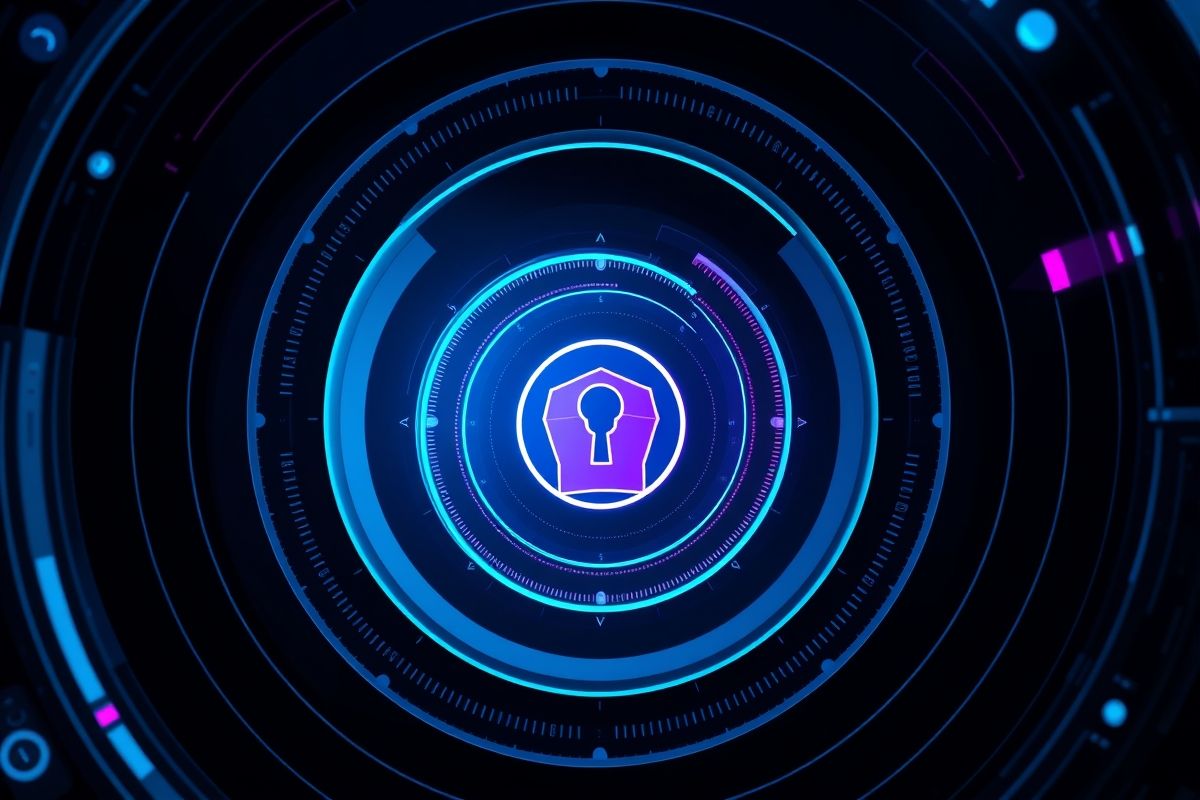Introduction: Beyond the Basics of App Security
In today's interconnected world, robust authentication and authorization are no longer luxuries; they're fundamental requirements. While basic username/password systems might suffice for simple applications, they're woefully inadequate for modern, complex software facing increasingly sophisticated attacks. This guide steers you away from common pitfalls and into the realm of advanced security practices, equipping you with the knowledge to build truly secure applications.
OAuth 2.0: The Power of Delegation
OAuth 2.0 is an authorization framework, not an authentication protocol. It allows users to grant third-party applications access to their resources without sharing their credentials. Think logging in with Google or Facebook – that's OAuth 2.0 in action.
Key Concepts:
- Authorization Server: Issues access tokens.
- Resource Server: Protects resources and validates access tokens.
- Client: Your application requesting access.
- Resource Owner: The user.
Example (Conceptual):
// Client requests access token from Authorization Server
// Authorization Server prompts user for consent
// Upon consent, Authorization Server issues access token
// Client uses access token to access Resource Server
OpenID Connect (OIDC): Authentication Meets Authorization
OIDC builds upon OAuth 2.0, adding an authentication layer. It provides a standard way for clients to verify the identity of the user and obtain basic profile information.
Benefits of OIDC:
- Simplified user authentication.
- Improved security and interoperability.
- Support for various authentication methods.
JSON Web Tokens (JWT): Securely Passing User Information
JWTs are compact, self-contained tokens that transmit user information securely between parties. They're commonly used with OAuth 2.0 and OIDC.
JWT Structure:
A JWT consists of three parts separated by dots:
- Header: Algorithm and token type.
- Payload: User claims (e.g., user ID, roles).
- Signature: Verifies token integrity.
Example (Simplified):
{ "alg": "HS256", "typ": "JWT" }.{ "user_id": 123, "roles": ["admin"] }.{signature}
Fine-Grained Access Control: Beyond Roles
Traditional role-based access control (RBAC) can be limiting. Fine-grained access control allows for more granular permission management, granting access to specific resources based on individual user attributes or contextual factors.
Example:
Allowing a user to edit only *their own* documents, not all documents.
Real-World Use Cases
Consider a SaaS application needing secure user authentication and authorization for different user roles. OAuth 2.0 with OIDC enables seamless login with existing accounts, while JWTs secure communication between services. Fine-grained access control ensures data privacy and prevents unauthorized modifications.
Future Trends: Passwordless Authentication & Beyond
Passwordless authentication, using methods like WebAuthn, is gaining traction, eliminating password-related vulnerabilities. Post-quantum cryptography is also essential to future-proof against quantum computing threats. The industry is moving towards a more decentralized and privacy-focused approach to security.
Actionable Takeaways
- Implement OAuth 2.0 and OIDC for secure user authentication and authorization.
- Utilize JWTs for secure token management.
- Explore fine-grained access control for granular permission management.
- Stay updated on passwordless authentication and post-quantum cryptography.
Resources
- OAuth 2.0 specification: https://datatracker.ietf.org/doc/html/rfc6749
- OpenID Connect specification: https://openid.net/specs/openid-connect-core-1_0.html
